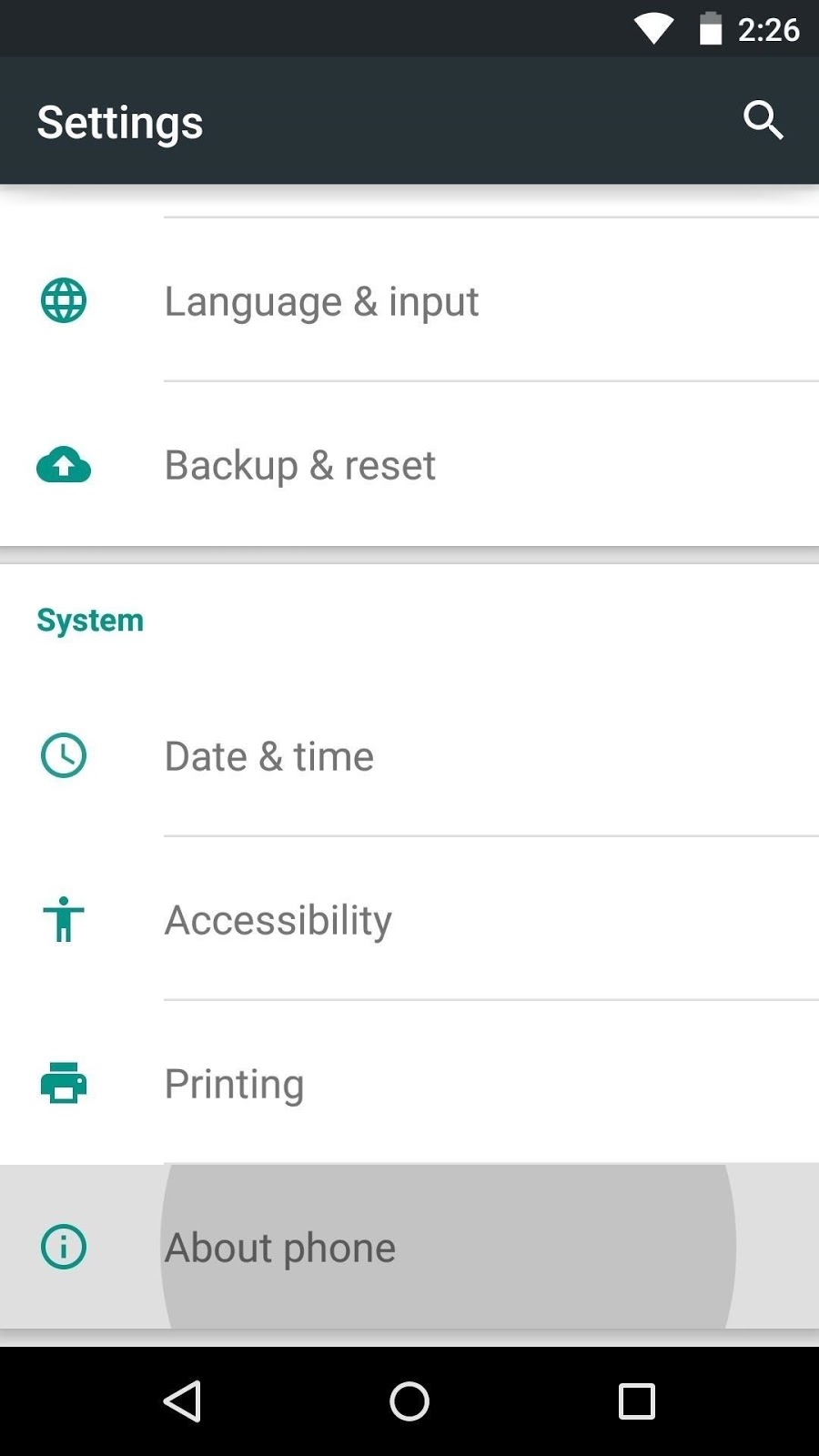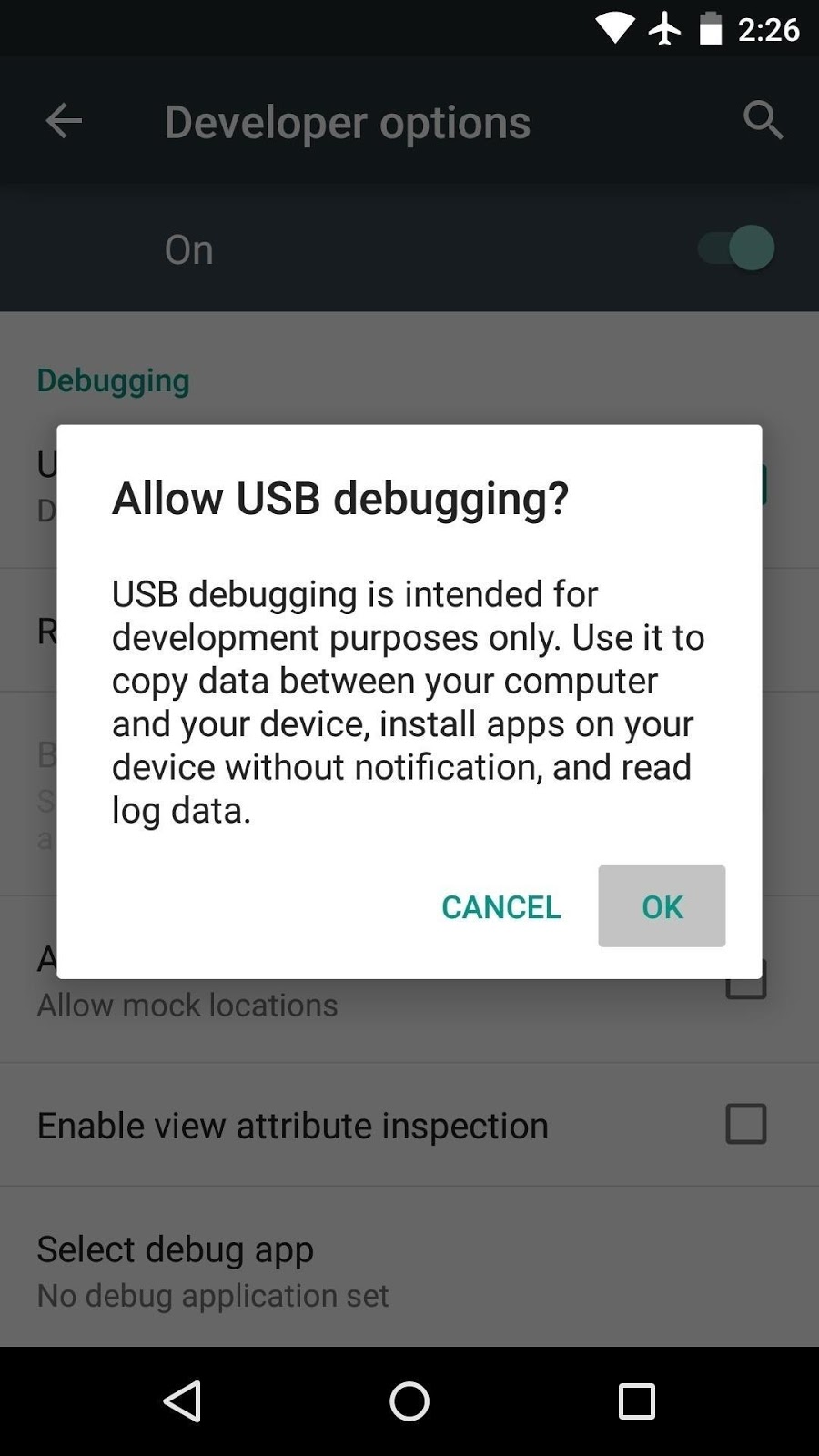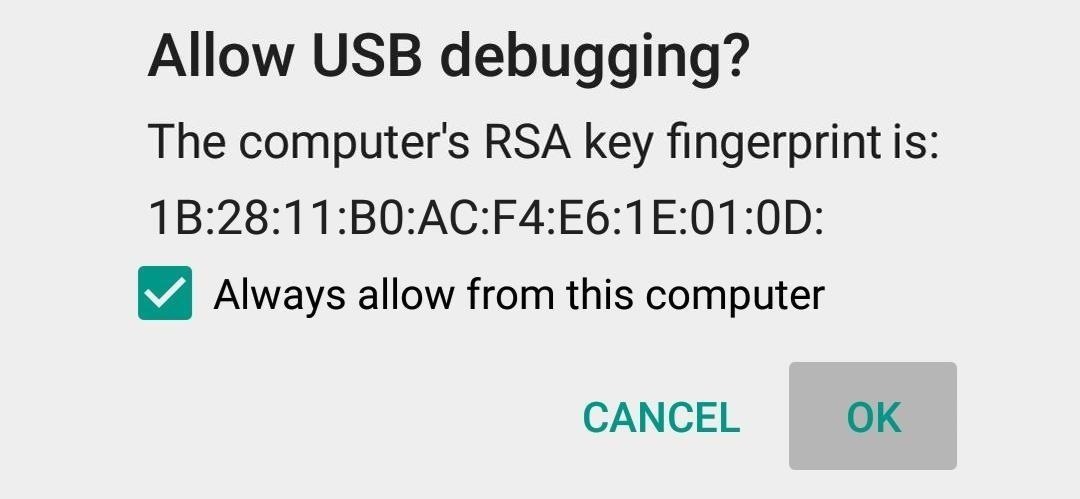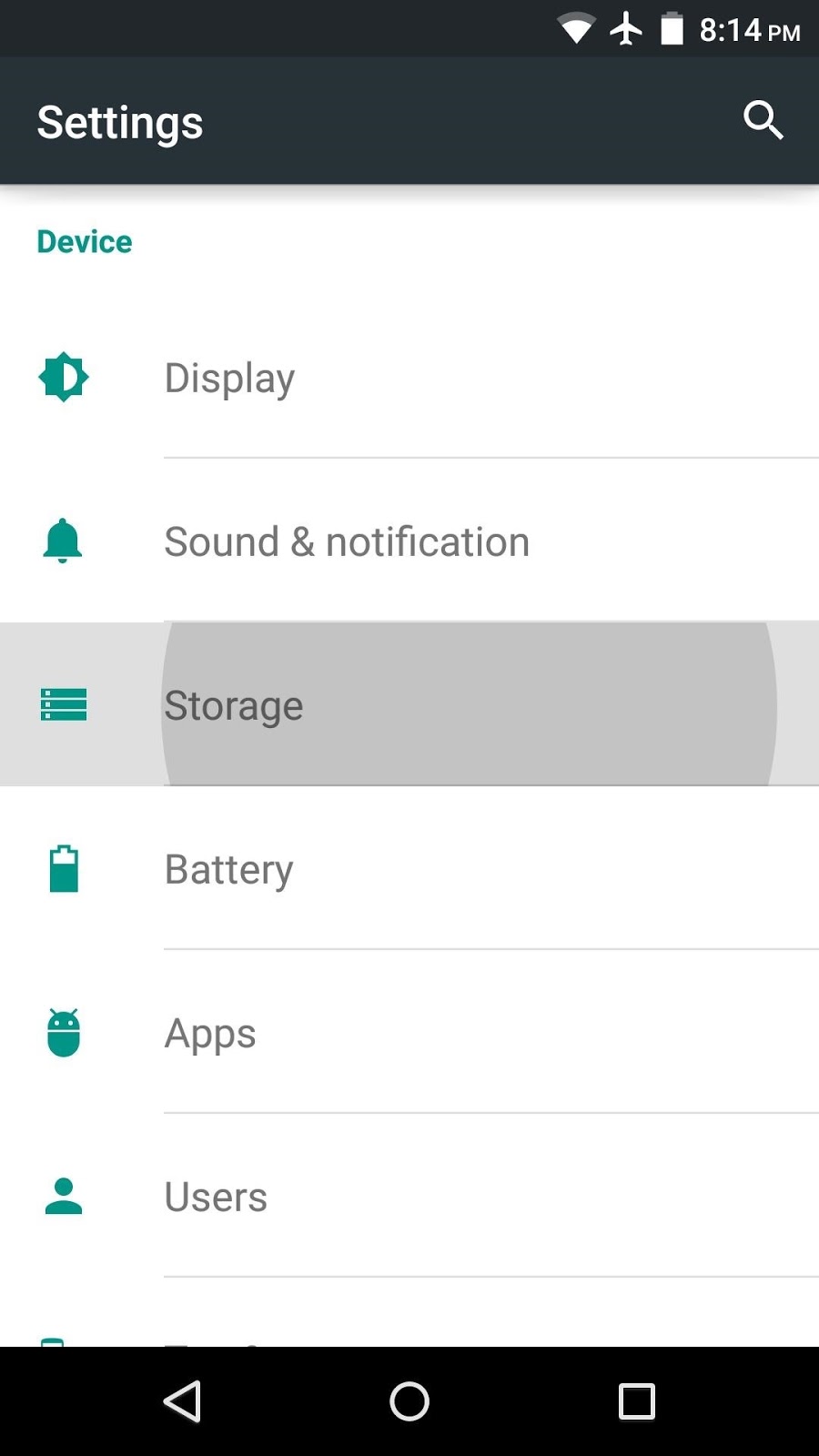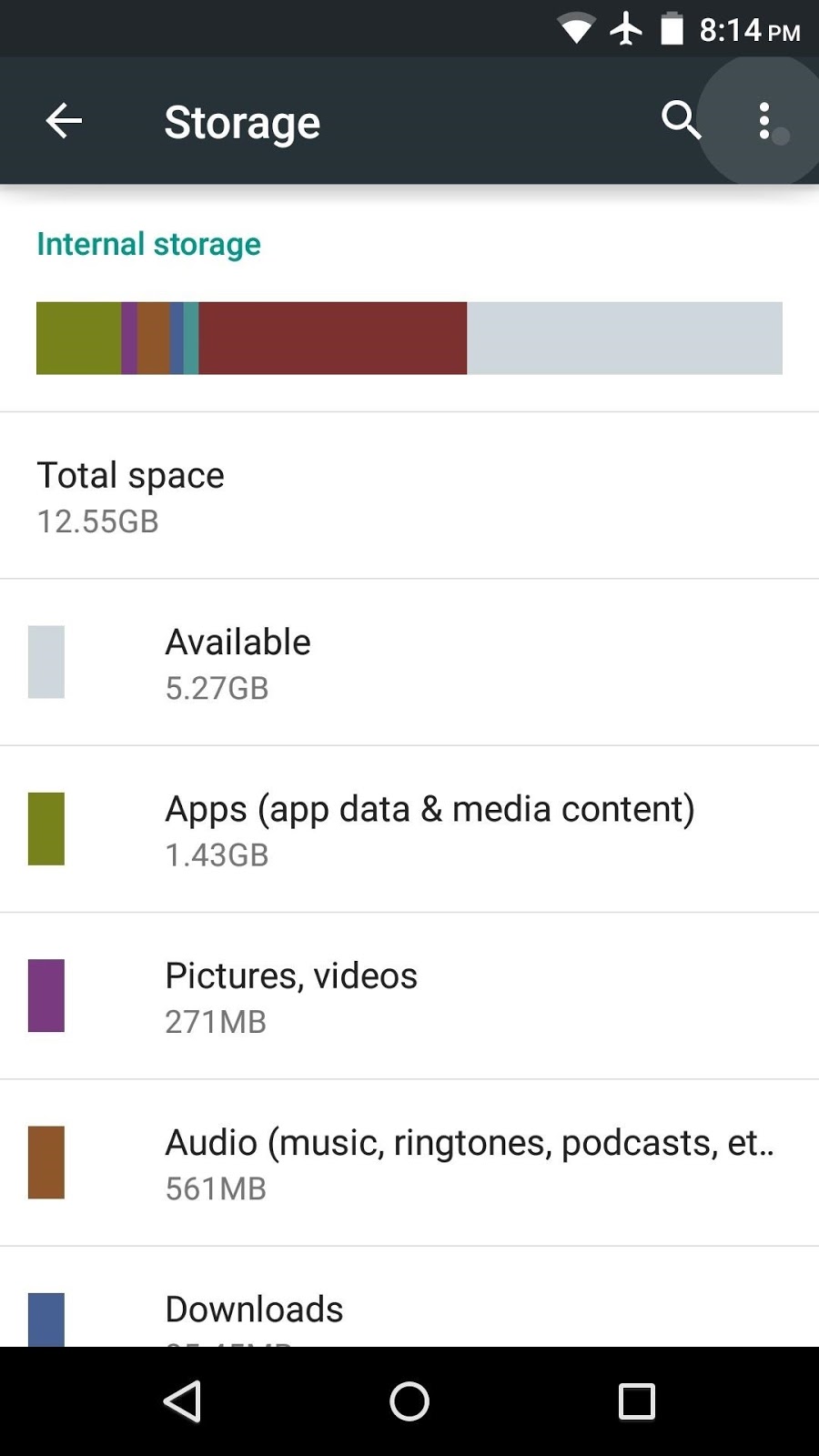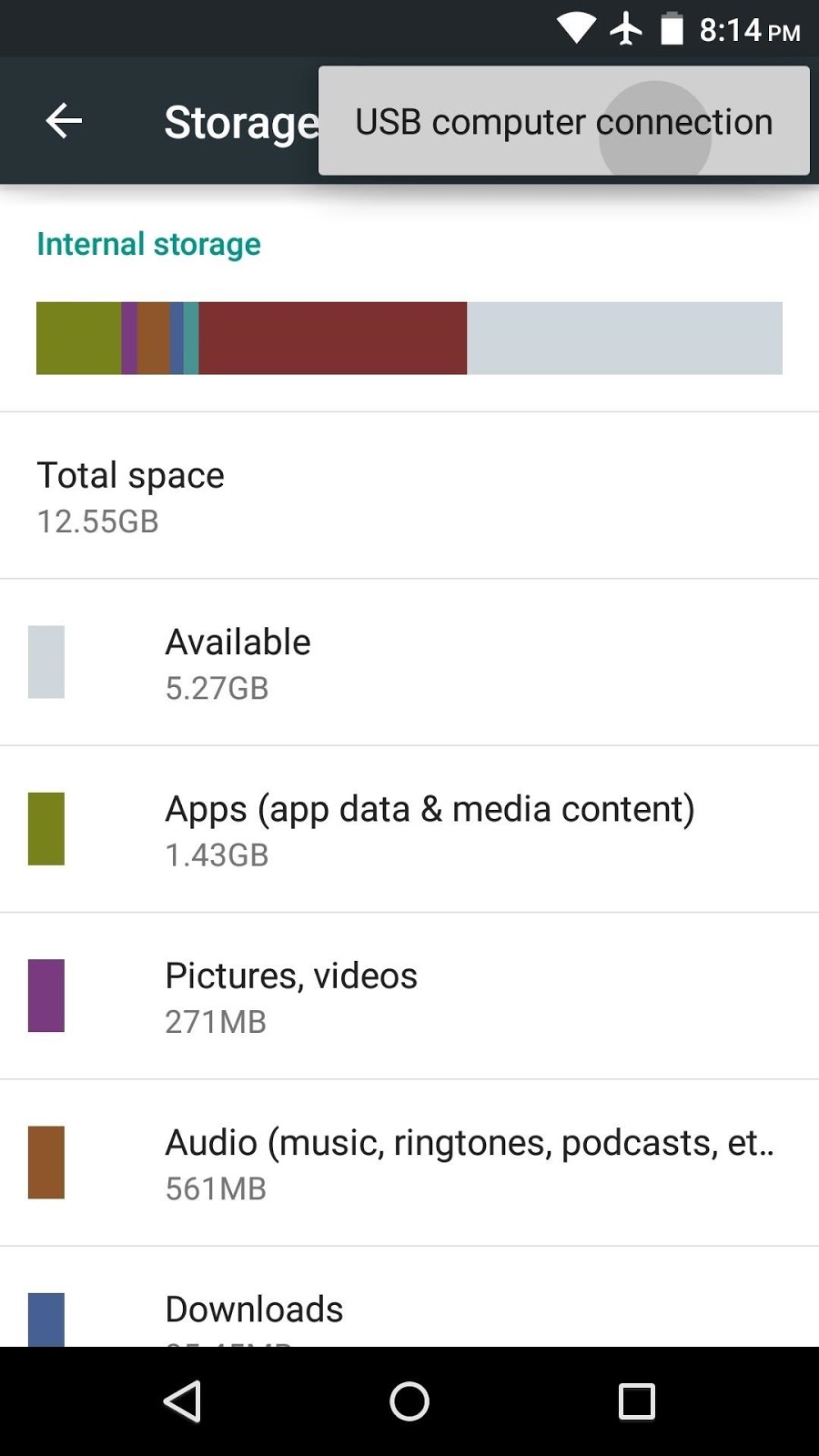Save Home & Work Address on Google Maps For easy direction
Google Maps allows you to set home and work locations for quick access to navigation. Actually, these two locations are so central to the Maps experience that if you do not have both saved, the application are often a touch naggy about it. But if you're employed from home, there's only one address to use, so what are you alleged to do?
You'd think Google Maps would allow you to save an equivalent address as both your home and workplace, but inputting your home location as your work address will remove its "Home" label, and vice versa. So to urge around this, you will have to use an alternate method. It doesn't offer you any notable new functionality, but once you've set your locations this manner , Maps will a minimum of stop asking you to "Set work address."
Setting Your Home as Your Work Location
Open Google Maps and head to the most menu by tapping on your user avatar to the proper of the search bar up top. Next, hit "Settings" inside the menu, then select "Edit home or work" on the subsequent page.
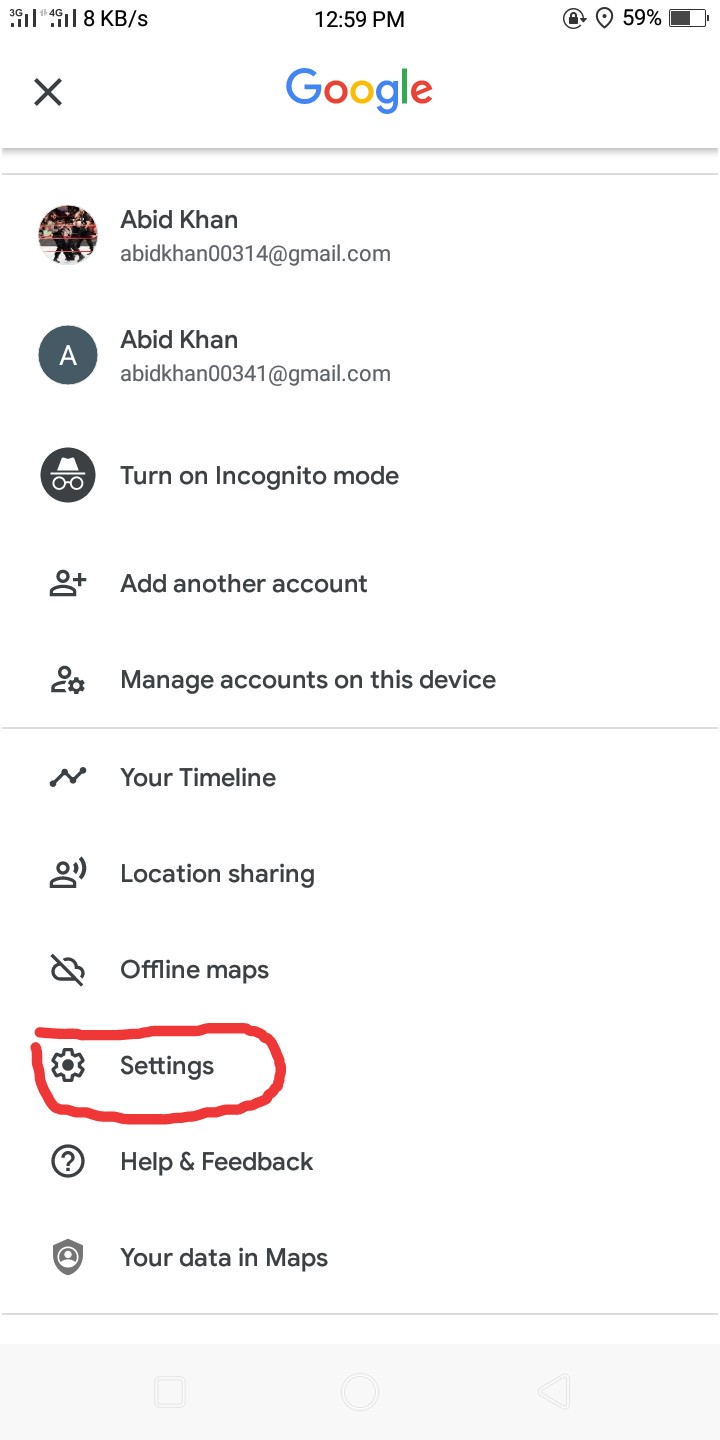
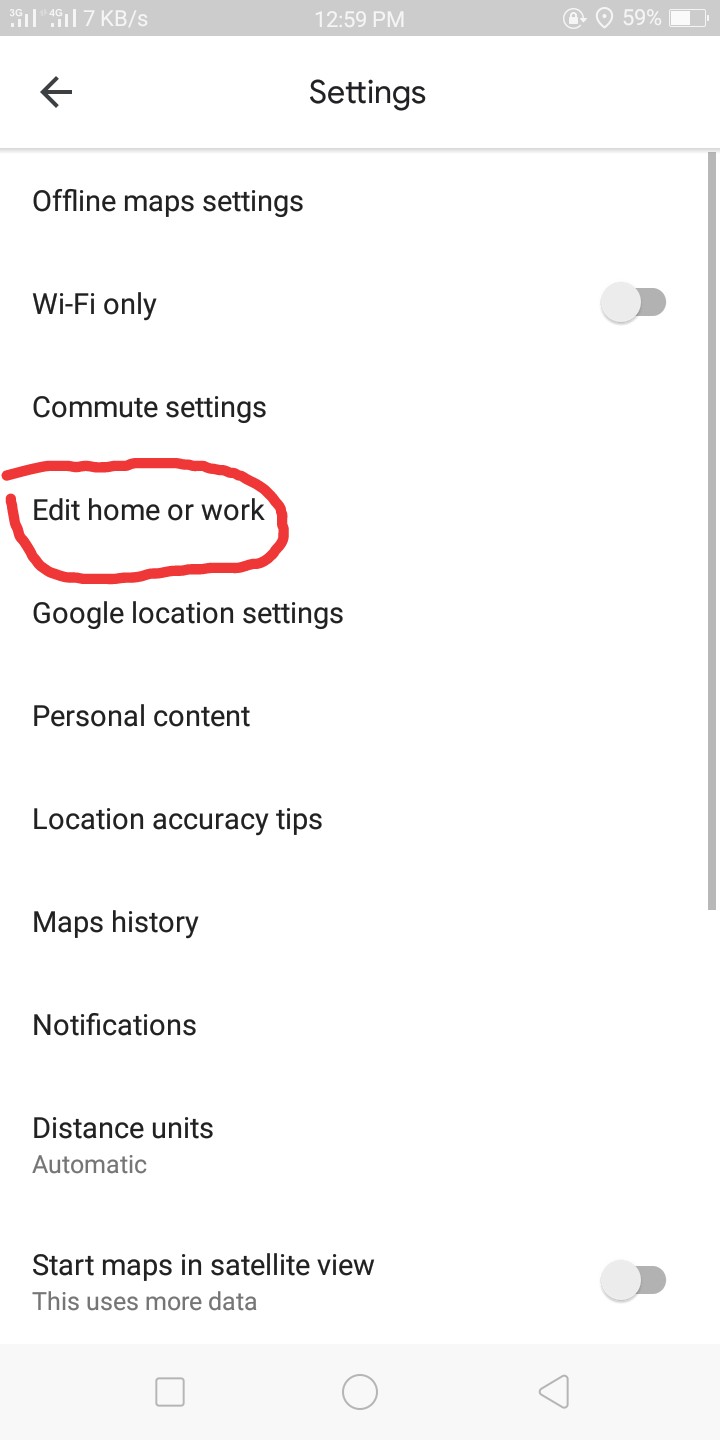
From there, tap on the "Labeled" tab if you are not already in it, then select "Work." Now, here's the secret: don't enter your address. Instead, tap "Choose on map," then pan and zoom to put the blue pin on your home's location and hit "Save." Once done, your workplace will show up as "Dropped pin" within Google Maps.
It's worth noting that Android allows for a more precise placement since the precise address the pin is on appears along the highest as you progress it around, which does not show up on iOS. Finally, the method may be a little more inconsistent on iOS, as dropping the pin on your house to line as your work location will sometimes remove its home status, so you'll need to move the pin slightly.

